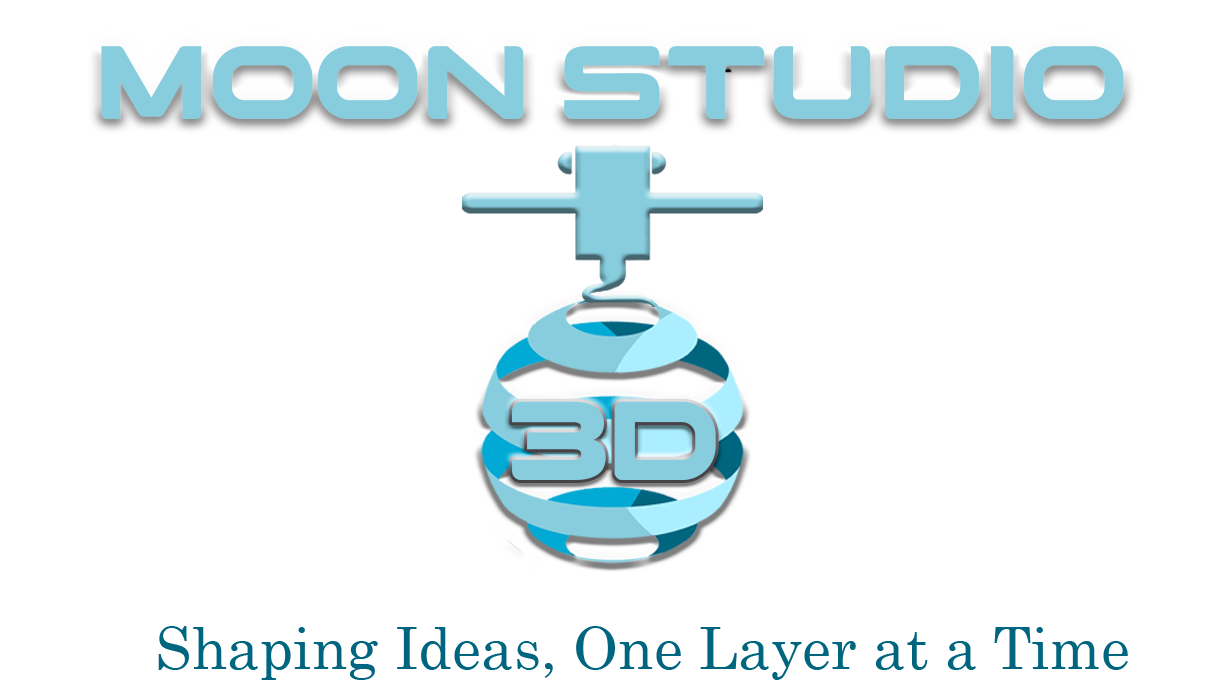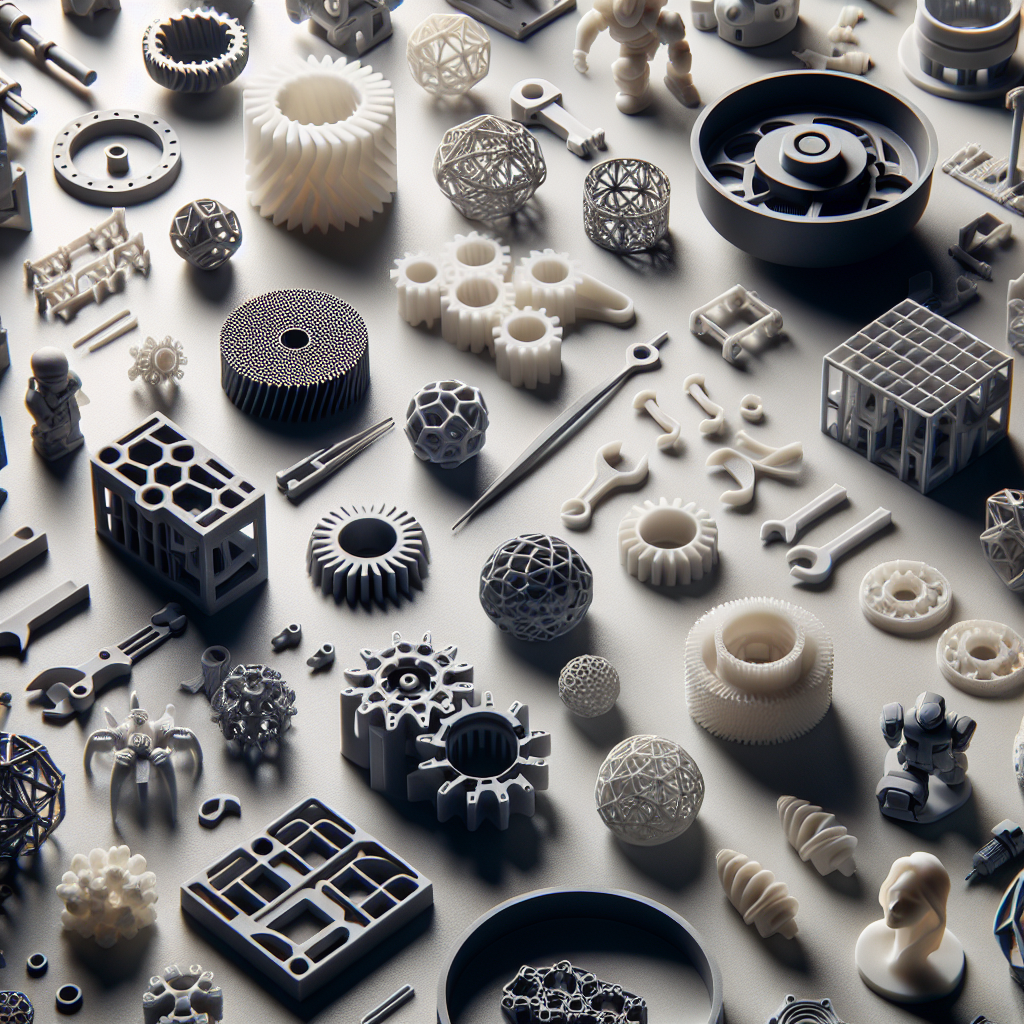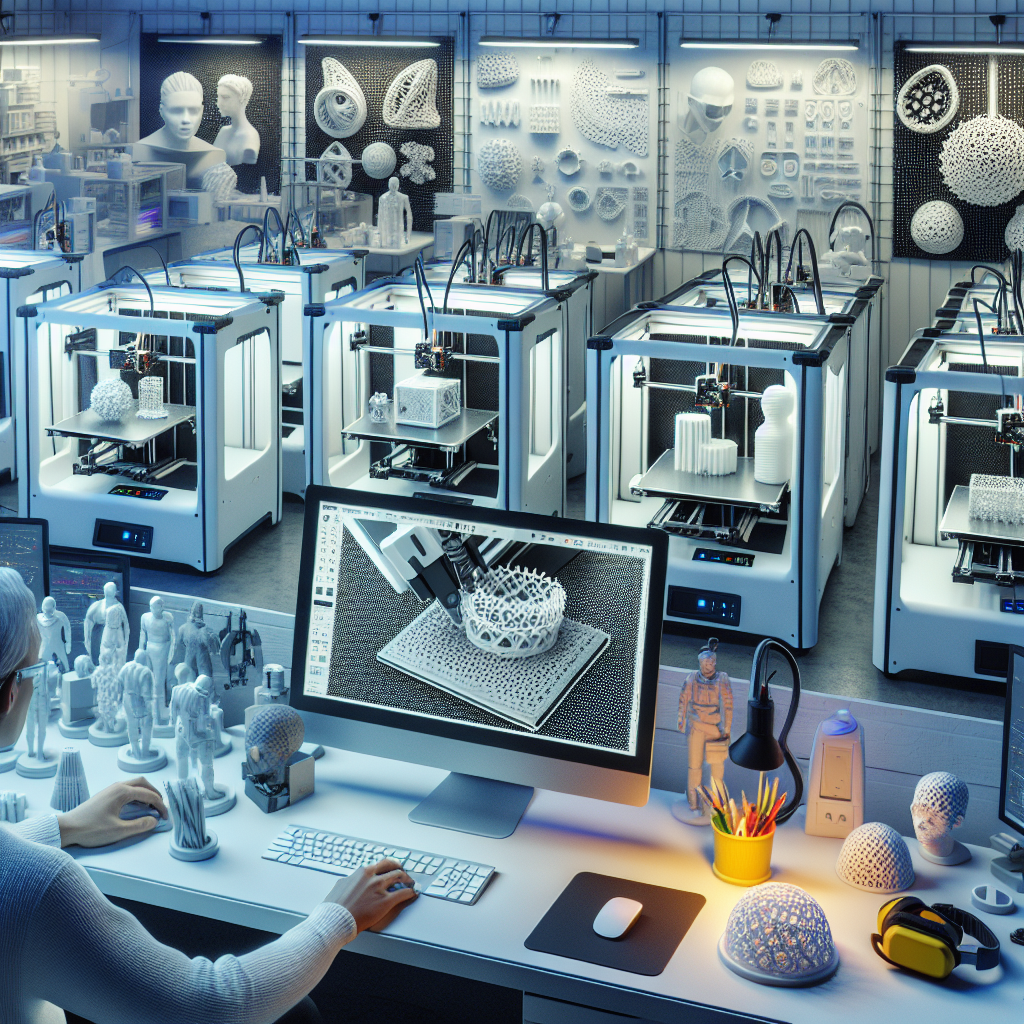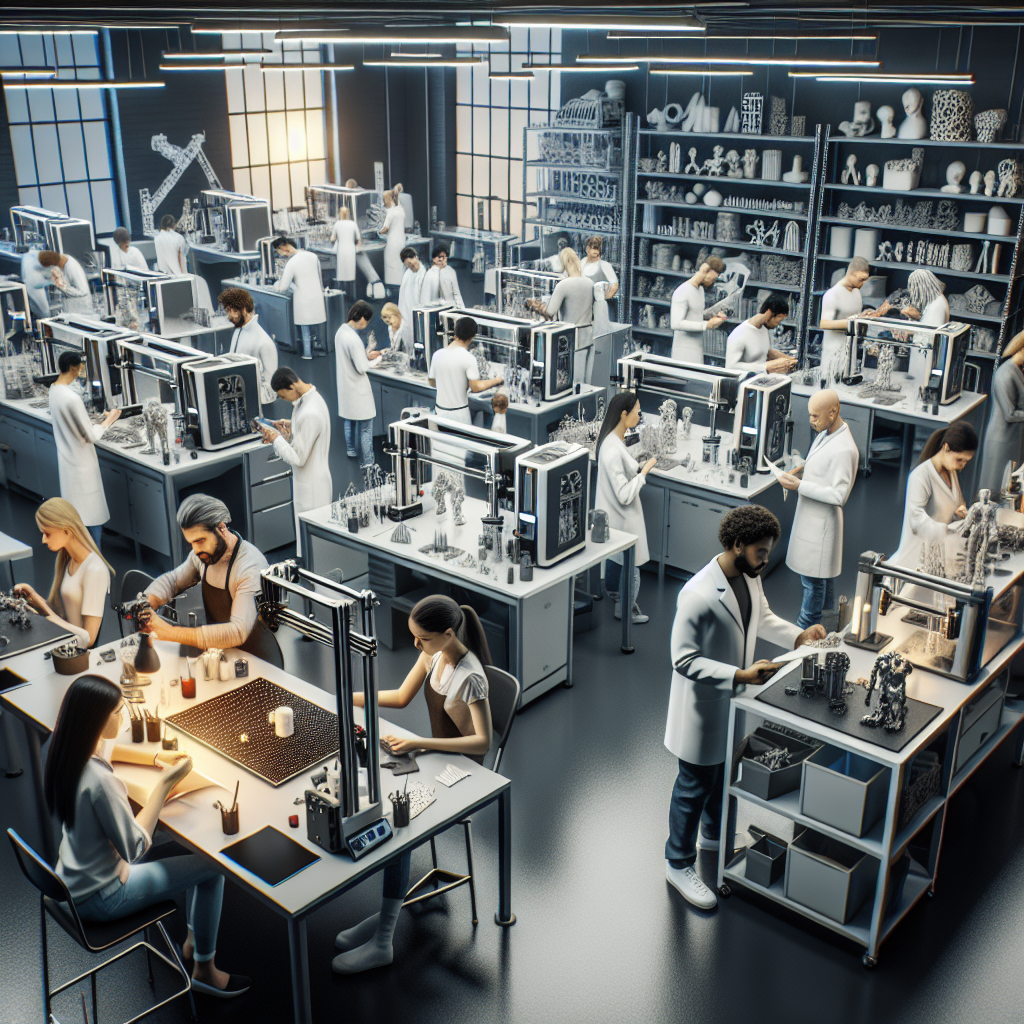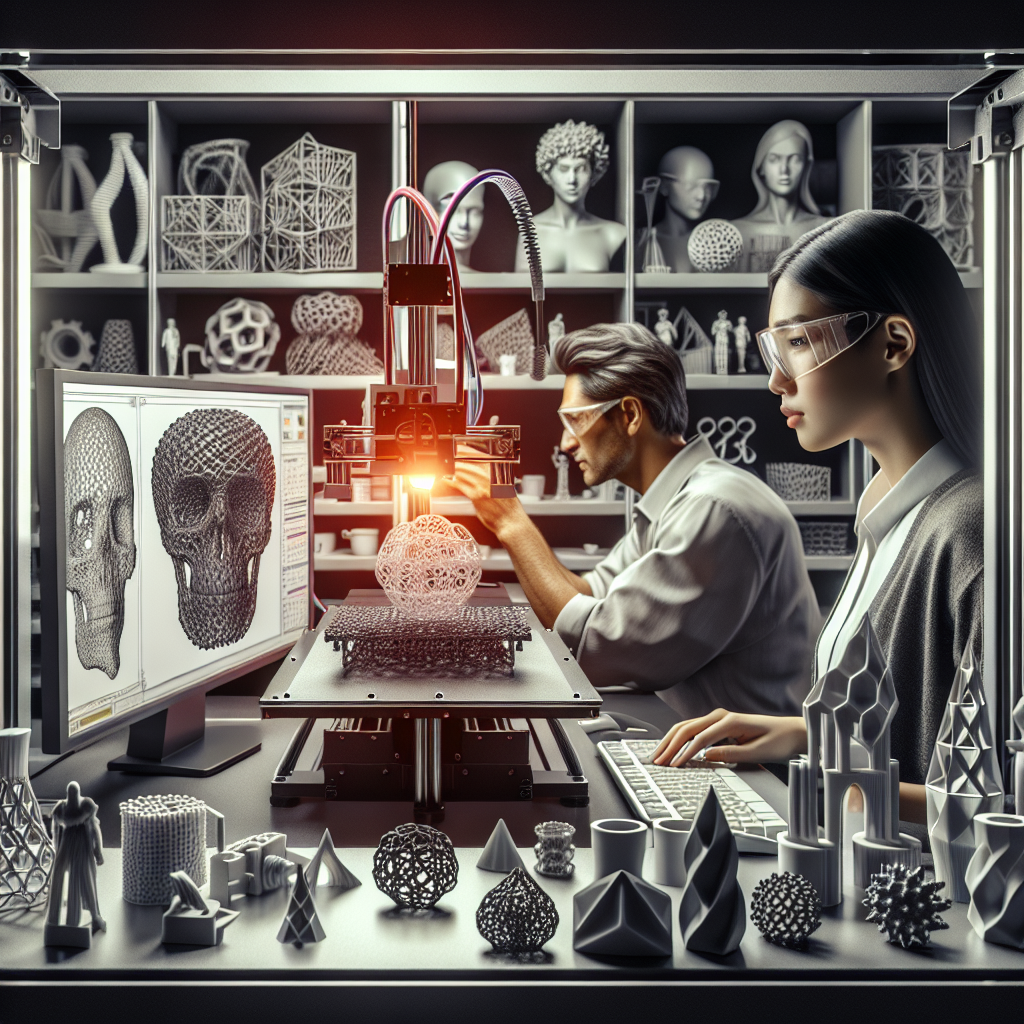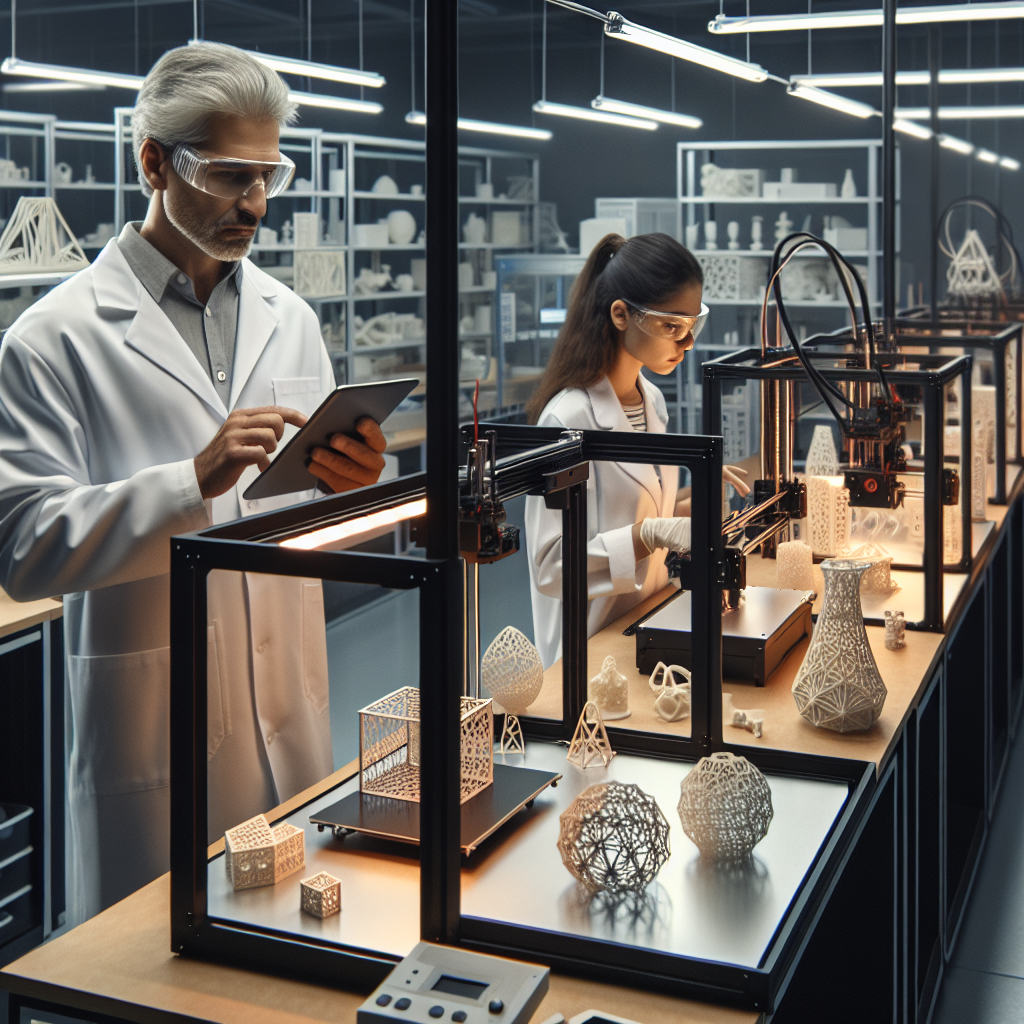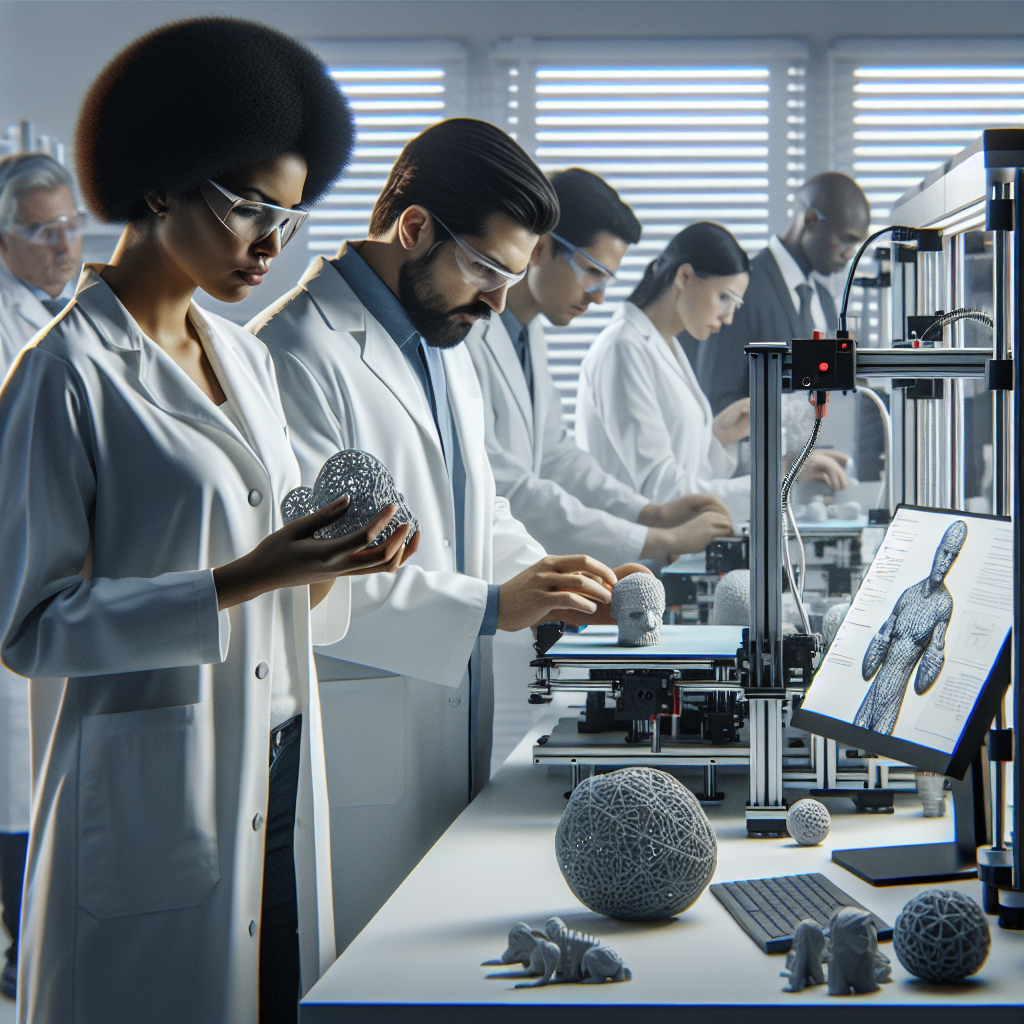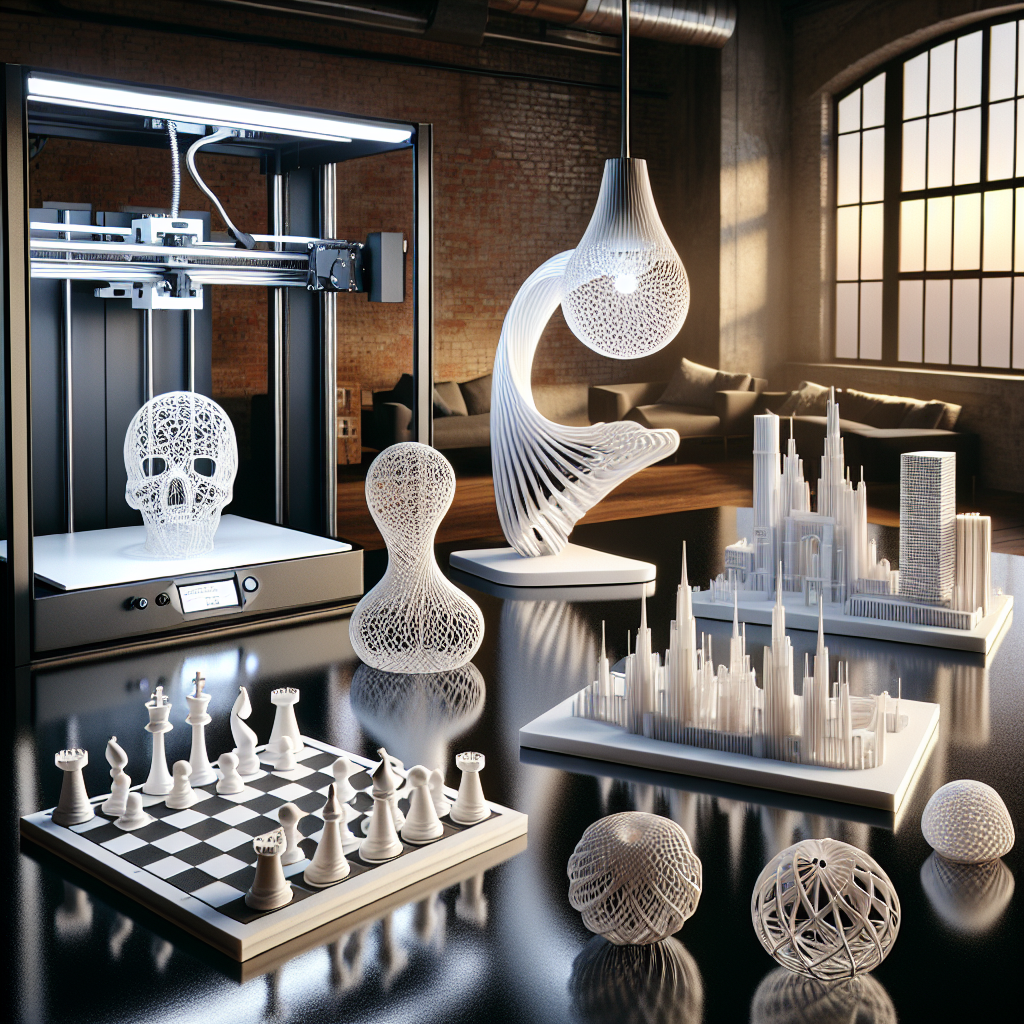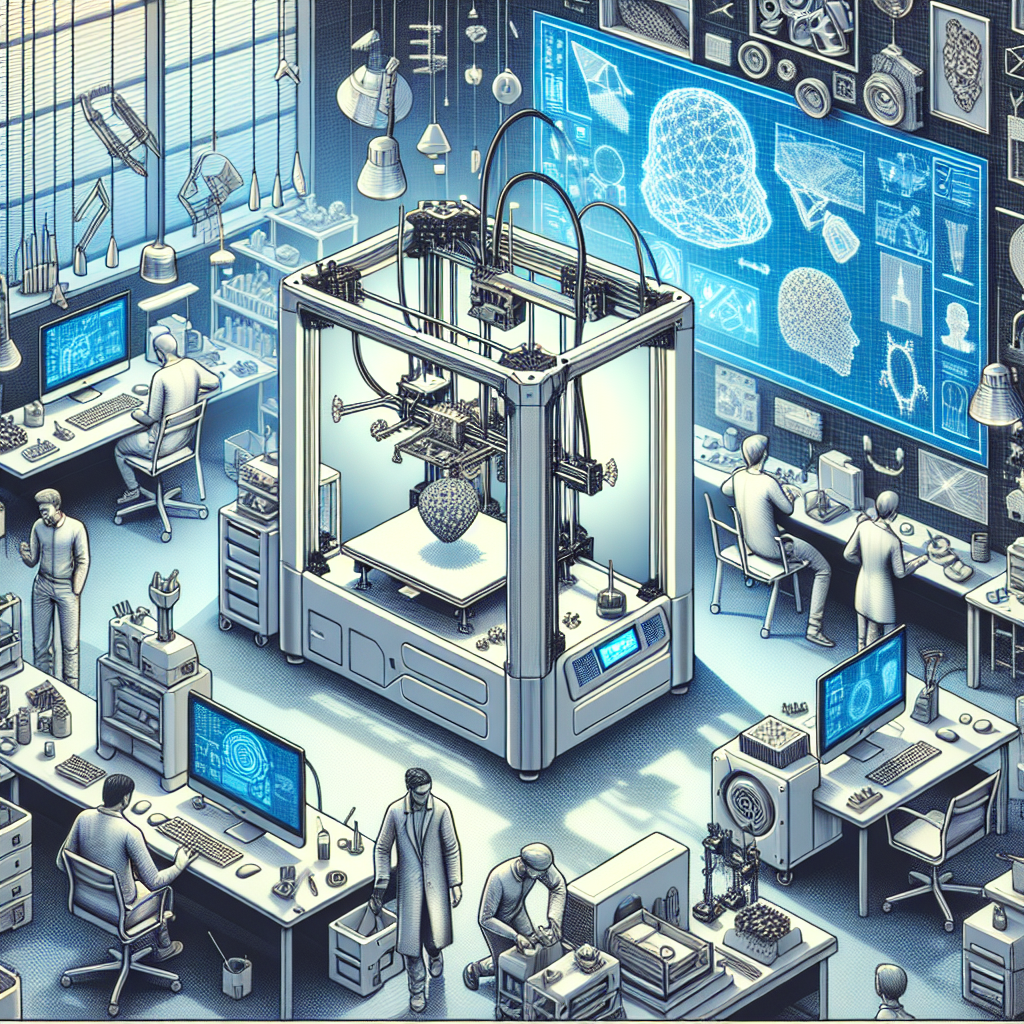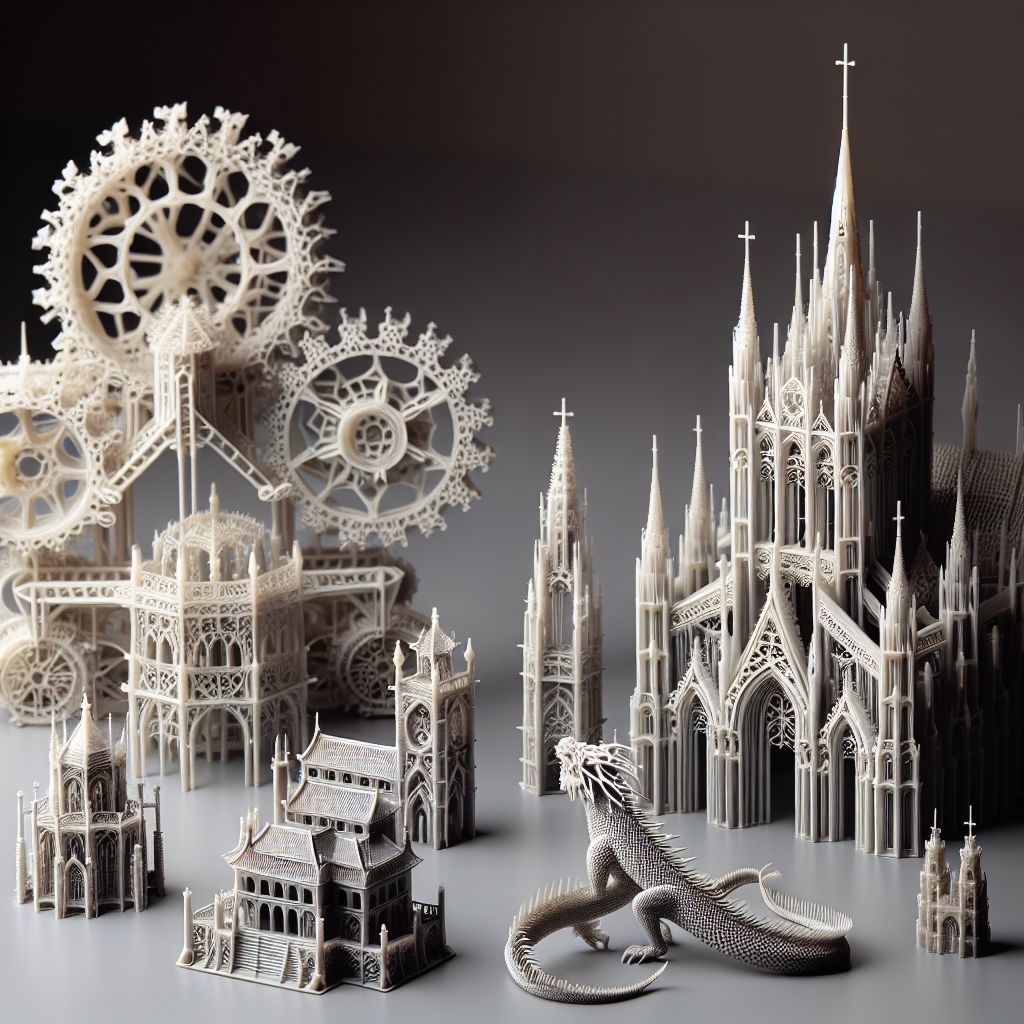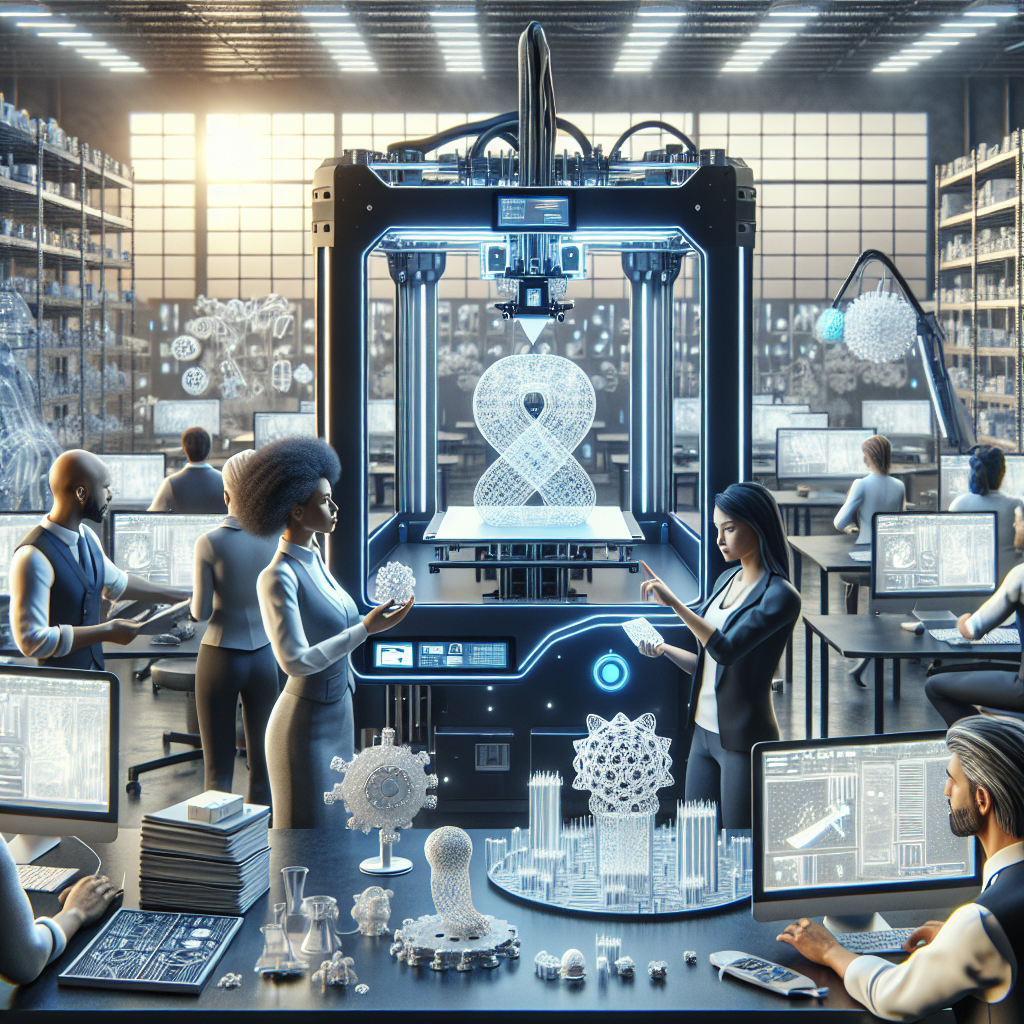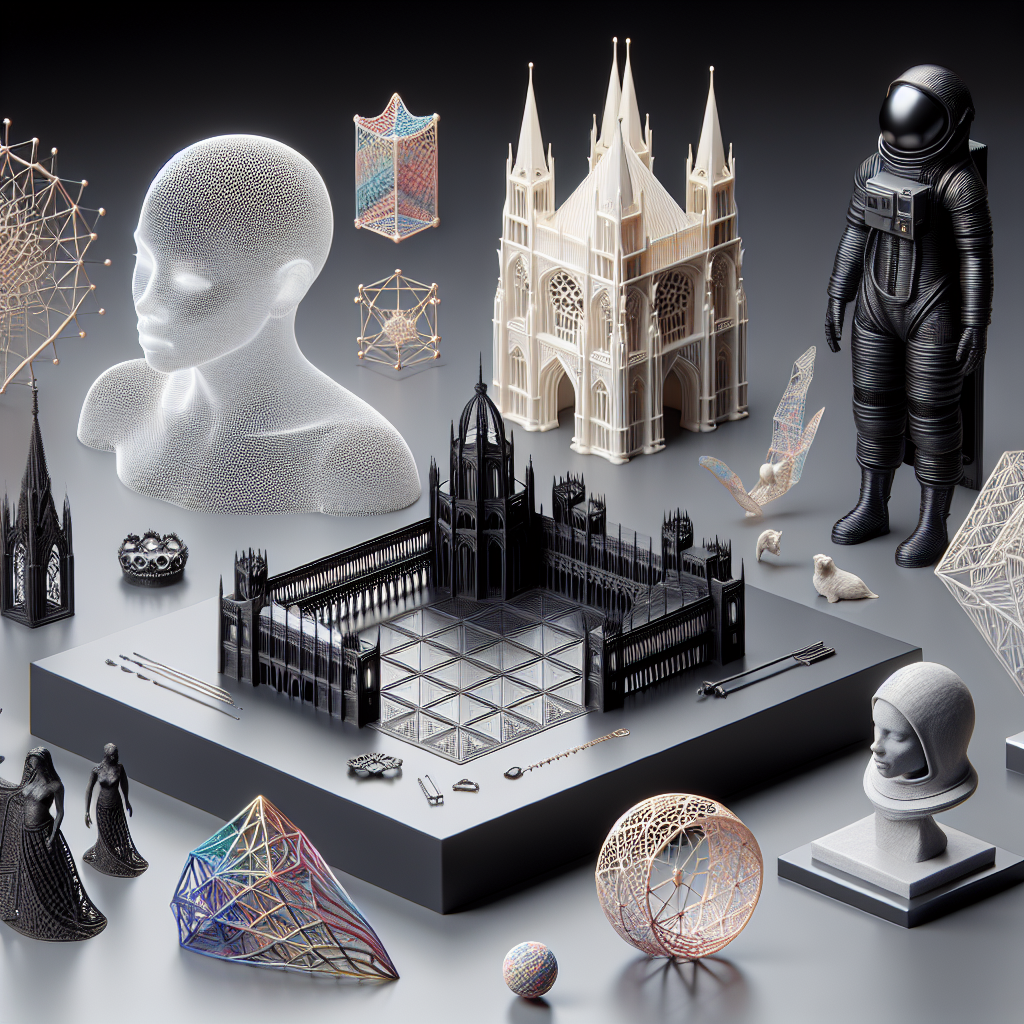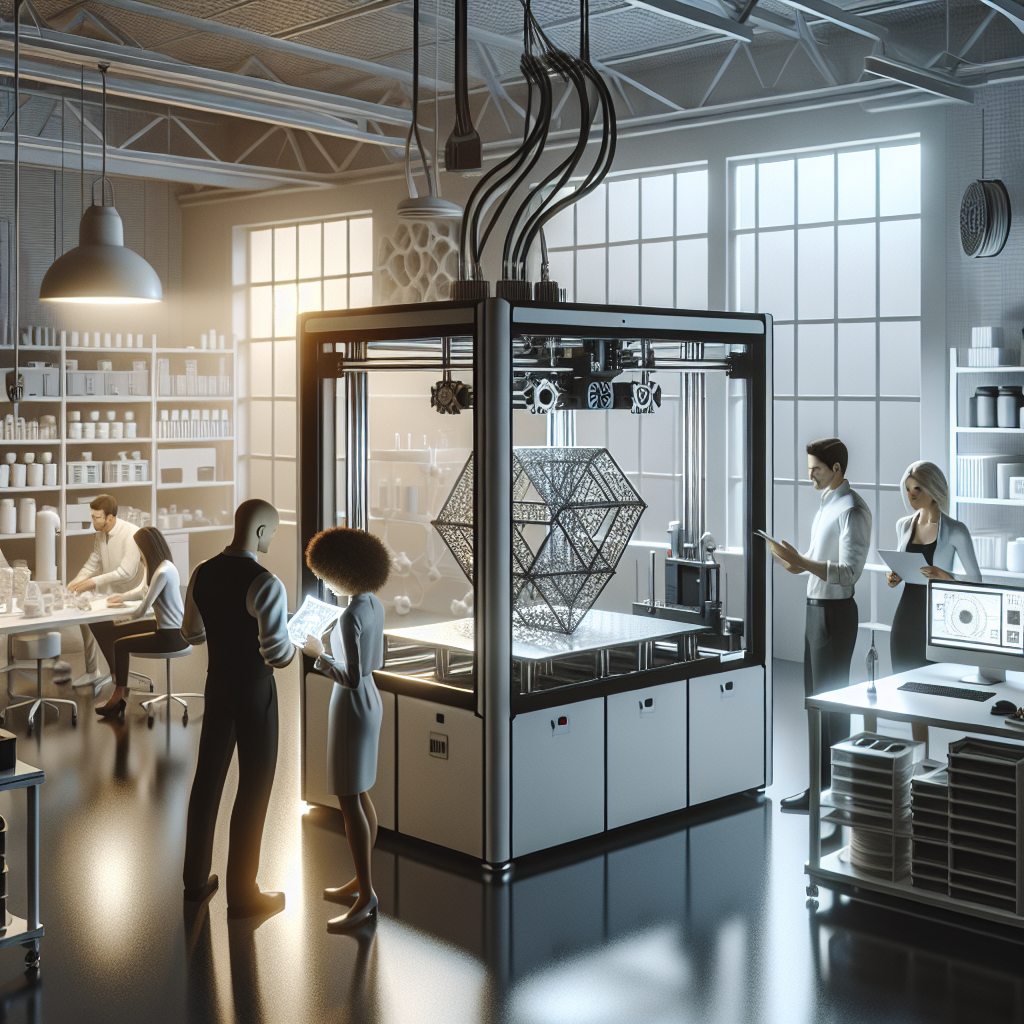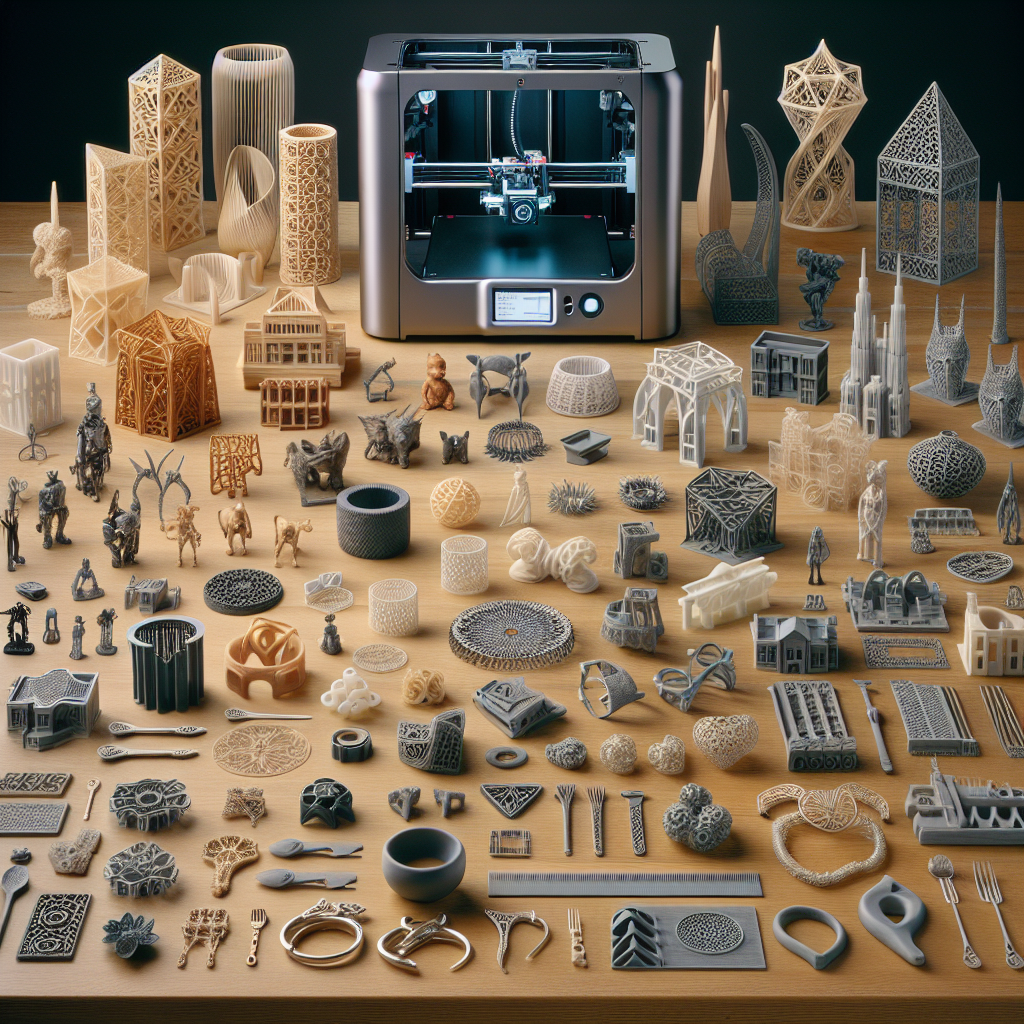The evolution of 3D printing has transcended beyond the initial experimentation phase of prototype creation into dynamic, high-quality production solutions for a myriad of industries. The versatility of 3D printed parts is evident in the way these innovative creations are embraced across various sectors, from aerospace to healthcare, and even personal product development. It’s no longer about the novelty of 3D printing but rather the functional and transformative abilities it offers industries globally.
The Rise of 3D Printing
3D printing, also known as additive manufacturing, started as a novel idea, a futuristic approach to creating three-dimensional objects by layering materials. However, the initial use was limited primarily to prototypes due to limitations in material robustness and production speed. Over the years, technological advancements have shifted these limitations drastically. Today, high-quality 3D printed parts are not just visible in complex machines or scientific experiments, but are a part of mainstream production processes.
Aerospace Industry
In the aerospace industry, precision and reliability are paramount. Often, components used in this field must withstand extreme conditions and deliver unwavering performance. The introduction of high-quality 3D printed parts has revolutionized the manufacturing process by reducing production time and cost, while enhancing customization capabilities. Companies now deploy sophisticated aerospace components that benefit from the reduced weight without sacrificing strength, thanks to advanced materials used in 3D printing.
Automotive Industry
The automotive sector is another area where 3D printing has made a significant impact. Innovators have tapped into this technology to design and produce car components faster and more efficiently. One critical advantage is the flexibility afforded in the design phase, where engineers can test different models without the extensive time or cost associated with traditional manufacturing methods. For instance, automotive parts using 3D printing have led to more lightweight vehicles, resulting in better fuel efficiency.
Healthcare Revolution
Perhaps one of the most compelling uses of 3D printing is within the healthcare industry. Customizable solutions and personalized treatments are no longer a distant possibility. With the ability to create patient-specific medical devices and tools, such as prosthetic limbs, dental implants, and even organ models for surgical preparation, the future of medicine is being actively reshaped by 3D printing technology. These advancements not only improve patient outcomes but also streamline the production of necessary medical components.
Consumer Goods
The consumer goods industry has not been left behind in the 3D printing revolution. From fashion and home decor to gadgets and accessories, 3D printing offers an incredibly diverse range of possibilities. Customization is at the heart of consumer demand, and bespoke products can be manufactured on a small or large scale, addressing personal tastes while maintaining economic feasibility. This aligns with the growing trend towards personalization in consumer preferences.
Benefits of High-Quality 3D Printing
-
Speed and Efficiency: Traditional manufacturing processes can be time-consuming, often taking weeks or months for prototyping and tooling. High-quality 3D printing significantly cuts down on these timescales, allowing businesses to move swiftly from design to production.
-
Cost-Effectiveness: By minimizing waste and reducing the need for tooling, 3D printing presents an economical alternative to conventional manufacturing methods. Moreover, the ability to create complex geometries without the requisite of assembly lines cuts down significantly on production costs.
-
Customization: The ability to tailor designs to specific needs is a standout feature. For industries ranging from automotive to healthcare, customizing parts for exact specifications means products fit better, perform better, and meet highly specialized requirements.
- Sustainability: 3D printing creates less waste than traditional subtractive manufacturing processes and is more energy-efficient. The technology often uses recyclable materials, reinforcing a commitment to sustainability in production practices.
Challenges and the Future
Despite its expansive potential, 3D printing faces certain challenges such as material limitations and consistency in large-scale production. However, ongoing research and technological improvements are steadily addressing these issues, paving the way for broader implementation across various sectors.
Additionally, as the technology becomes more widespread, intellectual property concerns arise. Ensuring that designs are protected while maintaining accessibility for innovation is a critical consideration for companies leveraging 3D printing solutions.
In the future, 3D printing is expected to blend more seamlessly with traditional manufacturing, offering hybrid solutions that capitalize on the strengths of both methodologies. As industries continue to adopt this transformative technology, the possibilities for innovation become boundless.
Conclusions
High-quality 3D printed parts have indisputably revolutionized industries by enabling more efficient, cost-effective, and customizable production solutions. From aspiring entrepreneurs crafting personalized products to large corporations restructuring entire production lines, the impact of 3D printing is profound and widespread.
The journey beyond prototypes into viable and indispensable solutions underscores the transformative power of this technology. As 3D printing continues to evolve, its role in shaping the future of manufacturing, healthcare, and consumer goods will only deepen, heralding a new era of innovation-driven production landscapes.
For further exploration of how 3D printing is shaping these industries and to explore potential solutions for your own business needs, consider visiting Moon Studio 3D’s website.
Note to SEO Rank Math:
- Primary Keyword: High-Quality 3D Printed Parts
- Secondary Keywords: 3D Printing, Transformation of Industries, Additive Manufacturing
